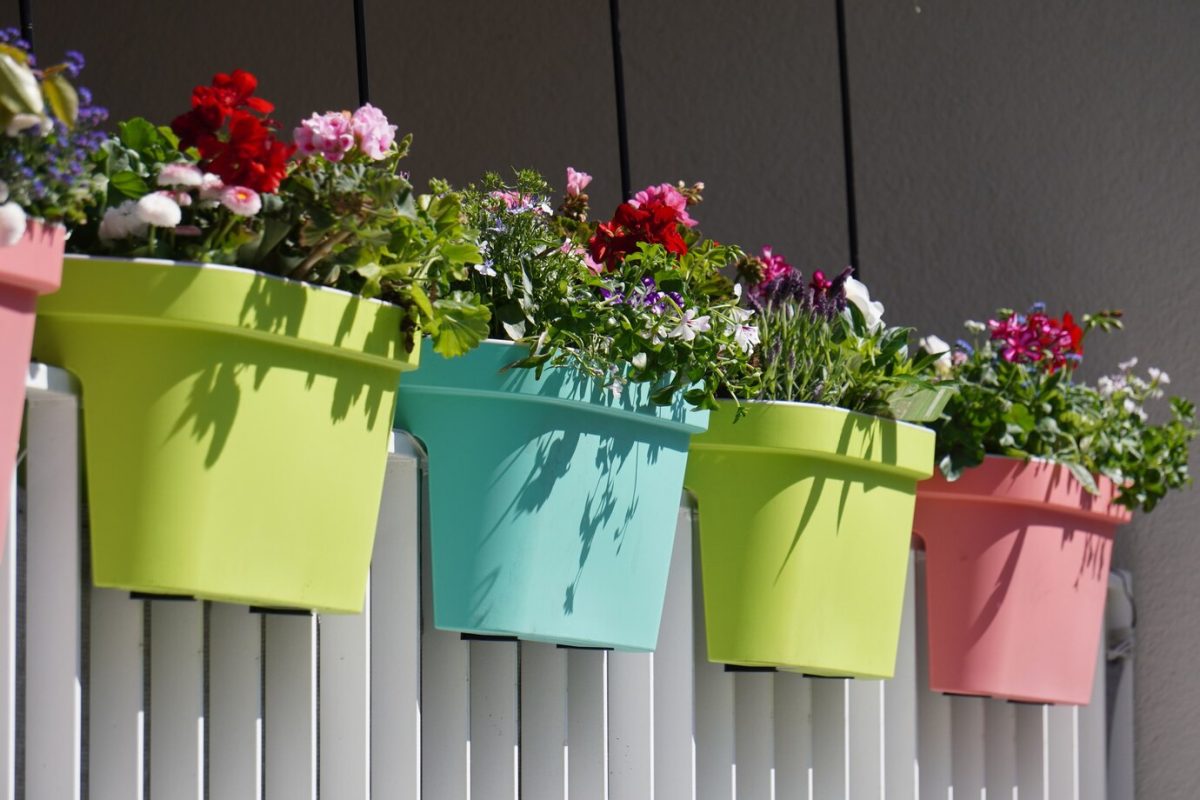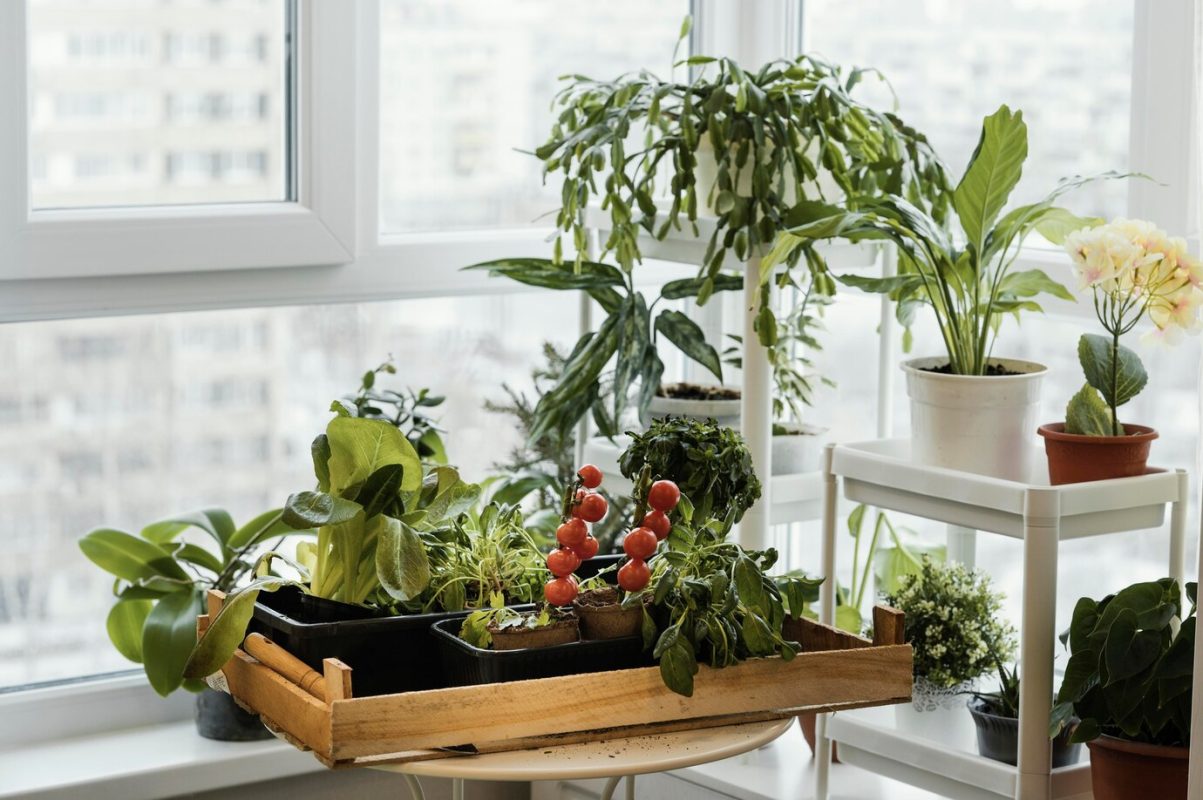Imagine a garden 50 storeys up. Could the right plants make this dream come true? Vertical gardens and tough plants can turn Singapore’s skyscrapers into green forests. But how do you pick landscaping plants for high-rise buildings that handle strong winds and hot sun? This guide shows you how to choose plants that do well in high places, combining beauty with usefulness.
Find out how green spaces on high-rise buildings improve health, cool cities, and fit Singapore’s “City in a Garden” goal. Learn which plants can handle high-rise living, making your residential or commercial landscaping beautiful and sustainable.
Understanding the Challenges of High-Rise Landscaping in Singapore
Gardening in high-rise buildings in Singapore has its own set of challenges. The tropical weather brings intense sunlight, heavy rains, and high humidity. These conditions are tough on even the toughest plants.
Balconies and rooftops face strong winds, especially on higher floors. Plants need to be naturally resistant to wind. Sun exposure on balconies varies, with west sides getting very hot and east sides needing shade.
Physical limits like space, weight, and building codes make things more complicated. Condos and HDB estates have rules on plant containers and soil depth. Drainage systems must handle sudden rains without flooding the roots.
The urban heat island effect makes temperatures near skyscrapers even higher. This stresses plants further. Regular maintenance is hard, as reaching upper-floor plants requires planning.
High-rise garden solutions start with understanding your space’s microclimate. Wind-prone areas need strong plants like heliconias or cordylines. Balcony orientations guide plant choices—east sides are good for ferns, while west sides need drought-resistant plants.
Choose containers that look good and are safe. These factors influence every decision, from picking plants to setting up irrigation systems. They ensure your garden does well, even at high elevations.
Top Landscaping Plants for High-Rise Buildings That Thrive in Singapore

Choosing the right plants for your high-rise balcony or rooftop starts with understanding local conditions. drought-resistant plants Singapore like succulents and snake plants are perfect for busy lifestyles. They store water in their leaves, needing only weekly watering. For exposed areas, wind-tolerant balcony plants such as bamboo or lemongrass thrive despite strong breezes. Their sturdy stems resist swaying and uprooting.
Full-sun sunlight-loving high-rise plants like bougainvillea and hibiscus add vibrant colour to open spaces. Plant them in porous pots to handle Singapore’s heat. In shaded nooks, shade-tolerant Singapore plants such as ferns and peace lilies flourish without direct light. These create lush greenery where sunlight is limited.
A low-maintenance balcony garden thrives with native species like the Singapore dendrobium orchid. These adapt naturally to humidity and pests. Pair them with hardy options like dracaena or croton for year-round beauty. Always use containers with drainage holes to prevent root rot. Fertilise lightly during growth seasons, and inspect leaves weekly for mealybugs or scale insects.
Essential Container and Soil Requirements for Sky Gardens
High-rise gardening in Singapore’s humid climate needs smart choices for containers and soil. Balconies and rooftops require materials that’s durable yet light. Soil must handle heavy rains and dry spells. Here’s how to create a thriving setup without compromising safety or plant health.
Selecting the Right Containers for Weight and Drainage
Lightweight planters for balconies made from fibreglass, plastic, or composite materials reduce structural strain. High-rise garden containers should prioritise drainage solutions sky gardens rely on—look for pots with multiple holes and raised feet to prevent waterlogging. Self-watering containers Singapore offers automate moisture, ideal for busy gardeners. Choose sizes based on plant needs: small pots for succulents, larger ones for leafy varieties.
Optimal Soil Mixtures for Rooftop and Balcony Plants
Standard soil is too dense for elevated gardens. Instead, mix tropical soil mix with lightweight ingredients like coco coir, perlite, and vermiculite. A 4:2 ratio of coco coir to perlite suits most plants, while leafy greens need more moisture-retaining elements. Adjust pH levels for tropical plants and add slow-release fertilisers to boost nutrients without overfeeding. This blend cuts weight while ensuring roots stay healthy.
Singapore-Specific Irrigation Solutions
Automated drip systems or programmable timers keep plants watered without daily checks. Rainwater harvesting setups, even compact ones, help save resources. Use moisture-retaining mulch and water crystals during dry spells, but avoid overwatering—humidity sensors prevent root rot. Always pair irrigation with porous soil to balance drainage and retention. Making it perfect for watering landscaping plants for high-rise buildings.
Creating Functional Green Spaces in Your High-Rise Property

Turn your balcony or terrace into a garden that’s both beautiful and useful. In Singapore’s busy city, the right plants can solve problems like sunlight, privacy, and wind. Start with edible plants like pandan and chillies for a edible balcony garden Singapore. Use small containers and vertical setups to grow food without losing style on your residential or commercial landscaping.
Privacy Screens Using Vertical Plantings
Keep your balcony private with vertical privacy screens plants. Fast-growing climbers like jasmine and Thunbergia work well on trellises. They create lush screens. Choose bamboo varieties in pots for height without invasive roots. Layer plants to block views but not breezes. Regular pruning keeps everything in check and follows building rules.
Shade-Creating Plant Arrangements
Beat the heat with shade plants for balconies like banana trees or Alocasia. Place big-leafed plants to block sunlight when it’s strongest. Add pergolas for even more cooling. Use strong stakes for heavy plants and prune to keep them in shape.
Wind-Breaking Landscape Designs
Protect your garden from strong winds with windbreak plants high-rise. Go for flexible plants like ornamental grasses or dwarf bamboo. Plant them in different heights to push wind away, not block it. Use discreet staking to keep delicate plants safe. This makes a great spot for all your plants.
Maintenance Tips and Seasonal Care for Elevated Gardens
Singapore’s climate requires smart garden care for high-rise plants. During monsoons, secure pots to stop them from falling. Use stands for containers to help with drainage and prevent root rot.
Protect plants from rain by using breathable covers or placing them safely. In dry times, water plants wisely to avoid too much water. Use mulch and mist plants to keep them moist.
Success in gardening in Singapore means watching the weather daily. Check for pests on leaves every week. Use neem oil or soap to fight pests safely.
Pruning is crucial for garden growth. Cut back stems after they flower to help new growth. Repot plants yearly to avoid root problems. Prune dead parts in spring to promote new growth.
Fertilise plants every six to eight weeks with slow-release formulas. Adjust this during flowering or fruiting. Quick daily checks and weekly deep watering keep your garden looking great without taking too much time.
Conclusion
Starting a high-rise garden in Singapore means picking the right landscaping plants for high-rise buildings and containers. Follow the tips to make your balcony or rooftop a green space. Plants like Ficus benjamina or Dracaena are great for urban areas and help with Singapore’s green vision. Even small areas can become green havens with the right soil and drainage.
Landscaping in high-rise areas does more than look good. It cools the air, improves quality, and offers a peaceful spot. Use vertical planters or wind-resistant plants to start. Begin with a few plants and add more as you go. Every herb garden or hanging vine helps make Singapore’s skyline greener.
Singapore’s warm weather needs careful planning, but the benefits are huge. Your garden work supports national green programs, showing that cities and nature can live together. Whether you want privacy or food, every choice brings us closer to a greener city. Start small, learn, and watch your space and the planet improve. Sustainable landscaping is the future of city living.

